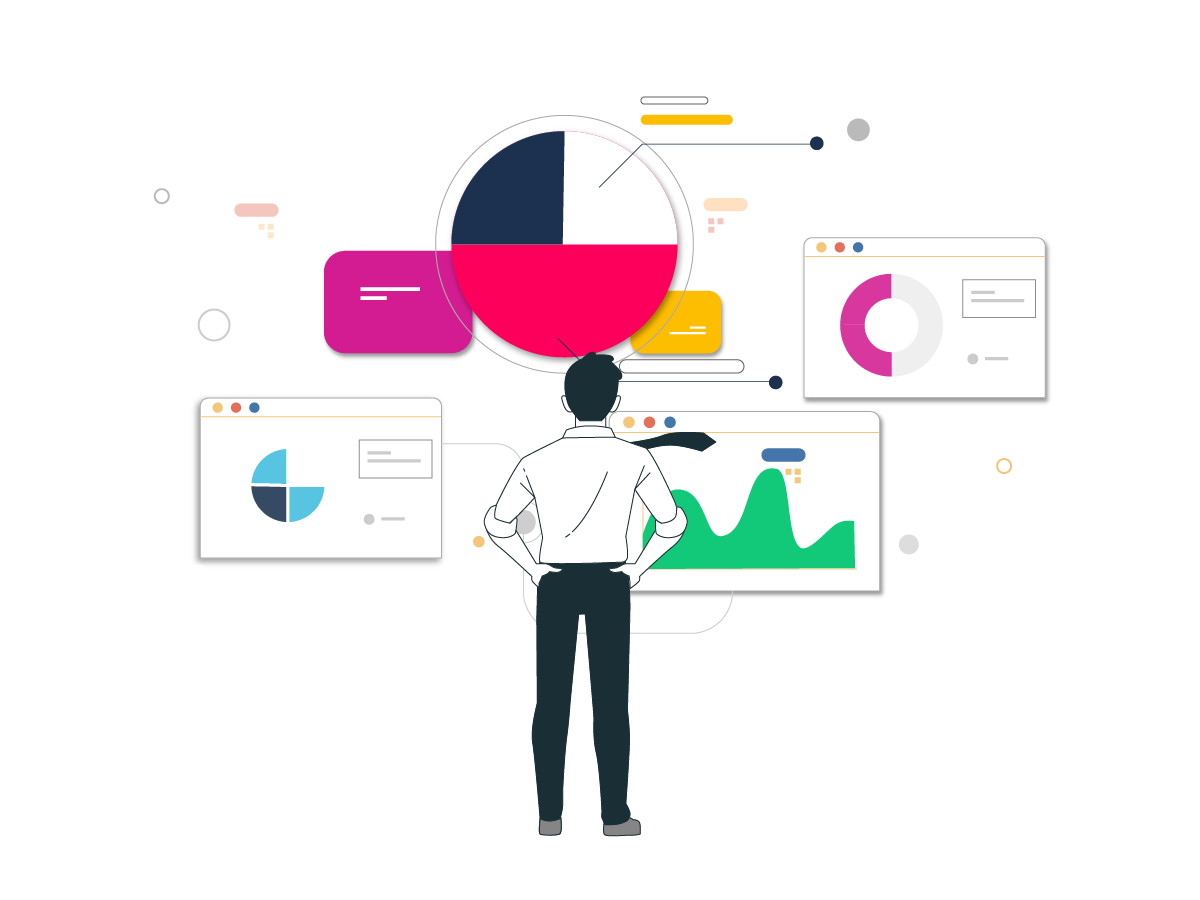In today’s fast-paced business landscape, organizations are constantly seeking ways to gain a competitive edge and make data-driven decisions. One of the key strategies that have emerged in recent years is business intelligence (BI) automation. By automating BI processes, businesses can unlock the full potential of their data, streamline decision-making, and drive growth. In this article, we will explore the concept of BI automation, its benefits, and how it is revolutionizing the way organizations operate.

What is Business Intelligence Automation?
Business intelligence automation refers to the use of technology to automate the processes involved in collecting, analyzing, and reporting data to support business decision-making. Traditional BI involves manual processes, such as data extraction, data cleaning, and data analysis, which can be time-consuming and prone to errors. BI automation, on the other hand, uses advanced technologies like artificial intelligence (AI), machine learning (ML), and robotic process automation (RPA) to streamline these processes, making it possible to generate insights and reports in real-time.
Benefits of Business Intelligence Automation
The benefits of BI automation are numerous and significant. Some of the most notable advantages include:
- Increased Efficiency: BI automation eliminates the need for manual data processing, freeing up staff to focus on higher-value tasks like analysis and decision-making.
- Improved Accuracy: Automated processes minimize the risk of human error, ensuring that data is accurate and reliable.
- Real-Time Insights: BI automation enables organizations to generate reports and insights in real-time, allowing for faster decision-making and response to changing market conditions.
- Cost Savings: By automating BI processes, organizations can reduce labor costs and minimize the need for manual intervention.
- Enhanced Collaboration: BI automation provides a single, unified platform for data analysis and reporting, facilitating collaboration and communication across departments and teams.
How Business Intelligence Automation Works
BI automation involves several key components, including:
- Data Integration: This involves connecting to various data sources, such as databases, spreadsheets, and cloud-based applications, to collect and integrate data.
- Data Processing: Automated processes are used to clean, transform, and format the data for analysis.
- Data Analysis: Advanced analytics and machine learning algorithms are applied to the data to generate insights and identify patterns.
- Reporting and Visualization: The insights and findings are presented in a user-friendly format, using dashboards, charts, and other visualizations to facilitate understanding and decision-making.
Applications of Business Intelligence Automation
BI automation has a wide range of applications across various industries, including:
- Finance: Automating financial reporting, budgeting, and forecasting to support strategic decision-making.
- Marketing: Analyzing customer behavior, campaign performance, and market trends to optimize marketing strategies.
- Operations: Streamlining supply chain management, inventory control, and logistics to improve operational efficiency.
- Healthcare: Analyzing patient data, medical outcomes, and treatment efficacy to support evidence-based decision-making.
Challenges and Limitations of Business Intelligence Automation
While BI automation offers numerous benefits, there are also challenges and limitations to consider, including:
- Data Quality: Poor data quality can undermine the accuracy and reliability of automated BI processes.
- Complexity: BI automation requires significant technical expertise and infrastructure to implement and maintain.
- Cost: Implementing BI automation can require significant upfront investment in technology and personnel.
- Change Management: BI automation may require significant changes to business processes and culture, which can be difficult to implement and manage.
Future of Business Intelligence Automation
The future of BI automation is exciting and rapidly evolving. As technology continues to advance, we can expect to see even more sophisticated and intuitive BI automation solutions emerge. Some of the key trends to watch include:
- Artificial Intelligence: AI and machine learning will play an increasingly important role in BI automation, enabling more advanced analytics and decision-making.
- Cloud-Based Solutions: Cloud-based BI automation solutions will become more prevalent, offering greater scalability, flexibility, and cost-effectiveness.
- Self-Service Analytics: Self-service analytics will become more widespread, enabling business users to generate their own reports and insights without relying on IT support.
FAQs
- What is the difference between business intelligence and business analytics?
Business intelligence focuses on descriptive analytics, providing insights into what has happened, while business analytics focuses on predictive and prescriptive analytics, providing insights into what may happen and what actions to take. - How does business intelligence automation differ from data science?
Business intelligence automation focuses on automating BI processes, while data science involves more advanced analytics and machine learning techniques to generate new insights and models. - What are the key technologies used in business intelligence automation?
The key technologies used in BI automation include artificial intelligence, machine learning, robotic process automation, and cloud-based solutions. - How can I get started with business intelligence automation?
To get started with BI automation, it’s essential to assess your organization’s current BI capabilities, identify areas for improvement, and develop a clear strategy and roadmap for implementation.
Conclusion
Business intelligence automation is revolutionizing the way organizations operate, making it possible to unlock the full potential of their data and drive growth. By automating BI processes, organizations can streamline decision-making, improve efficiency, and enhance collaboration. While there are challenges and limitations to consider, the benefits of BI automation far outweigh the costs. As technology continues to evolve, we can expect to see even more sophisticated and intuitive BI automation solutions emerge, enabling organizations to make better decisions and drive success in an increasingly competitive business landscape. Whether you’re a business leader, analyst, or IT professional, it’s essential to understand the power and potential of BI automation and to start exploring how it can benefit your organization.
Closure
Thus, we hope this article has provided valuable insights into The Future of Data-Driven Decision Making: Business Intelligence Automation. We thank you for taking the time to read this article. See you in our next article!